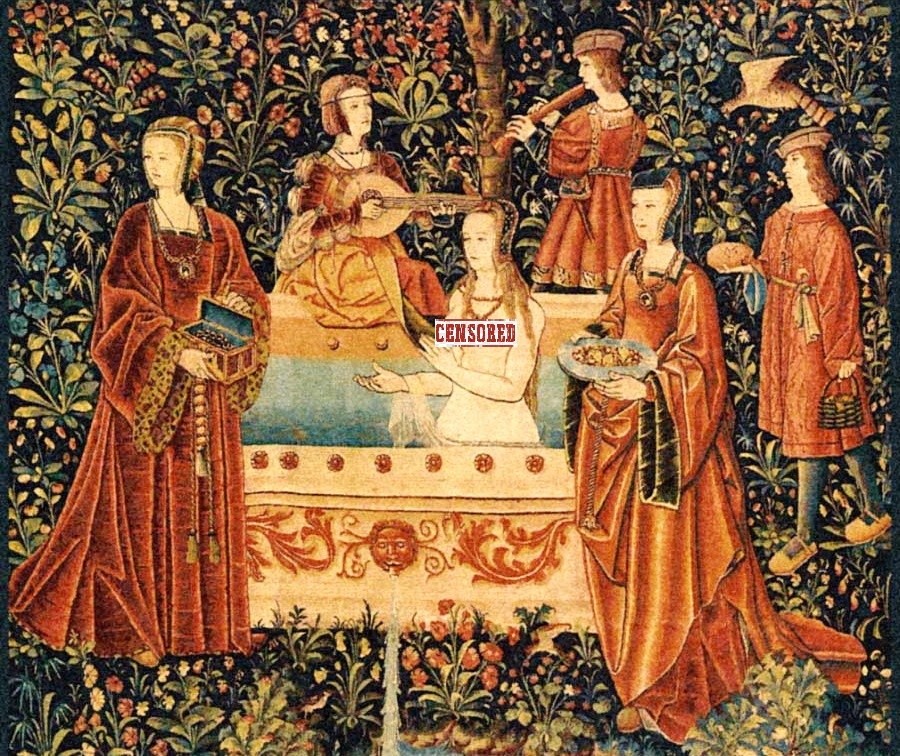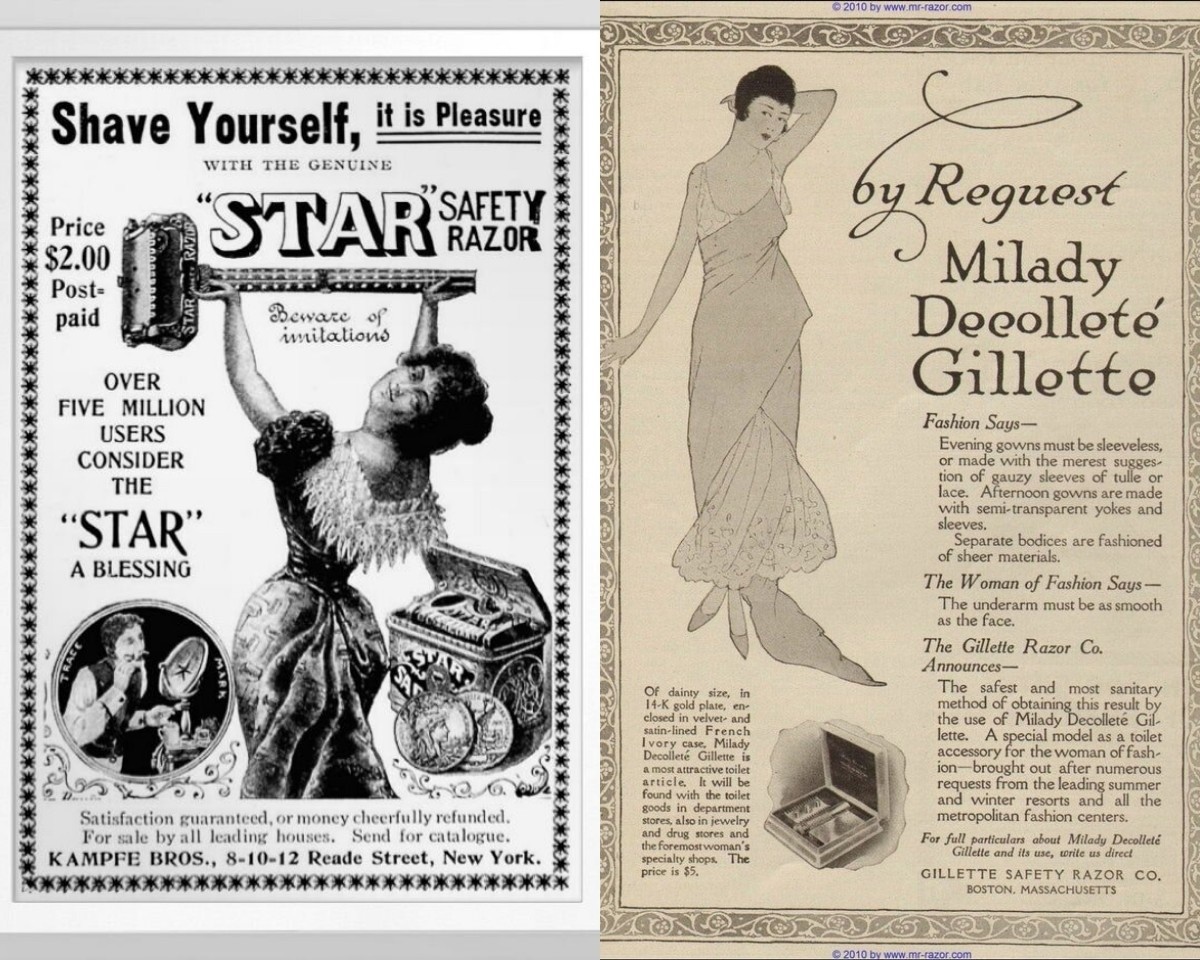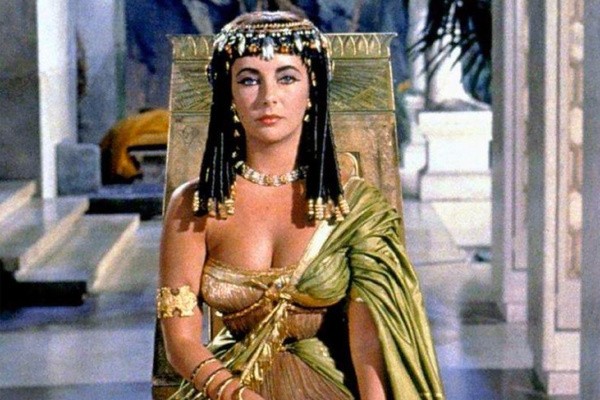The Long History of Hair Removal: From Merkins to Modern Shaving
Across centuries and continents, societies have tied body hair to civilization, status, and gender. The methods have changed, but the impulse remains: smooth skin is power, pleasure, and performance. Even the king’s favorites used elaborate accessories—a merkin, a specialized hairpiece designed to heighten allure. In Paris, many courtesans kept a collection of such adornments. In 1858, Lola Montes, the king’s favorite, wrote about the pain of removing hair and the risk of scarring. She described procedures that left ulcers on the skin, and she warned that improvised remedies could do more harm than good. She recommended a preparation of galbanum and a resin plaster that worked like wax strips. This history isn’t just about beauty tips; it’s a map of power, class, and gender across time.

In This Article:
Ancient Egypt: Hygiene and Hairless Heads
In Ancient Egypt, hair removal was less about vanity and more about hygiene. People shaved hair on the head because maintaining a wig was easier. Both women and men scraped body hair with pumice. For delicate facial skin they used a sugar paste and fabric strips.

Greece and Rome: Civilization’s Veil of Hairlessness
In ancient Greece, the canon of beauty demanded full smoothness of the body; hair below the waist was considered indecent. The Romans shared the belief that an ideal, well-kept body signified status and wealth. In public baths, hair removal was a popular service. The wealthier women even had trained slaves to perform the task. Tools included tweezers, pumice, and depilatory preparations similar to modern creams.

Medieval to Early Modern: Regions, Beliefs, and the Rise of Fashionable Hair Removal
Medieval times varied by region. For commoners, hair removal was not a priority and the Church sometimes condemned the practice as sinful. Among noblewomen, fashions differed by locale. In southern Europe—Italy, Spain, and parts of France—hair removal remained popular, and it also helped tackle lice. Depending on the period, women plucked not only body hair but also hairs along the forehead to visually raise the hairline, and they plucked eyebrows and lashes. Gabrielle d’Estrées, the mistress of Henry IV of Navarre, boasted of hair below the waist, braided and decorated with ribbons. Sometimes a cut braid could be given as a gift to a suitor.

From Merkins to Mass Marketing: The 20th Century and the Birth of Modern Shaving
The Victorian era did not celebrate hair removal as a matter of propriety; merkins were used by courtesans, while others began to experiment with the first safe razors at the turn of the century. First safety razors appeared in the 1910s. As skirts shortened and dancing grew more daring, shaving the legs and underarms became common. Gillette and its marketers taught women how to use the razor, and by the 1930s sales were thriving with the campaign: “The First Great Movement Against Hair.” Their slogan claimed, “All elegant ladies shave their underarms.” With the spread of bikinis and nylon stockings, shaving legs and underarms became nearly universal, though some women resisted. The 1960s feminist movement urged a critique of hair removal as a patriarchal requirement. Today, the choice remains personal. Celebrities shown with hairier armpits on screen still draw attention, reminding us that norms continue to evolve.

